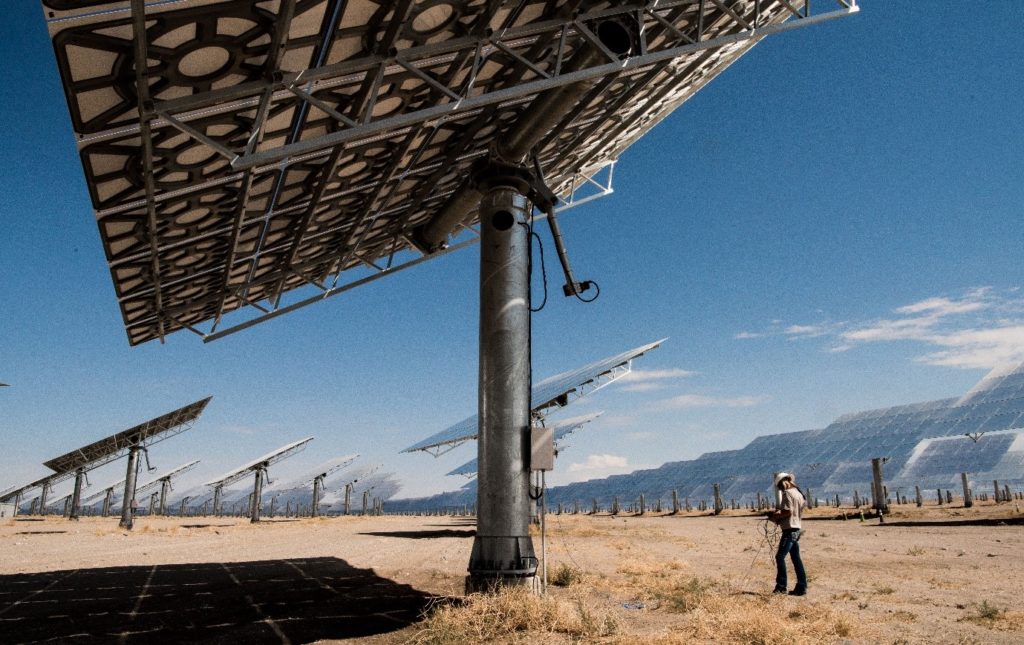By Sibel Eker

Infrastructures are critical for the smooth functioning of socioeconomic systems on Earth – “daily life” as we know it. Whether in urban or rural areas, or in the developed or developing world, our ordinary activities — from a phone call to food deliveries, from switching on the lights to taking a shower — are dependent on a large infrastructure system behind it. Such systems are unfortunately prone to disruptions, malfunctioning, failures to cater to demand, and failures to be economically viable. Therefore, designers and decisionmakers need to account for these possibilities in advance.
Traditionally, infrastructure design could be handled with a pure engineering approach, calculating the probability of failure in the technical components, and designing a static robust system, for instance with redundancies to enable functioning even in the case of disruptions. However, the increasing complexity of infrastructure systems with interconnected technical, social, institutional and environmental aspects poses deep uncertainties, and hinders the applicability of this engineering approach with well-defined probability distributions.
Climate change exacerbates the uncertainty surrounding infrastructure systems and requires designers and decisionmakers to deal with this uncertainty even better. On the one hand, decisionmakers need to tackle uncertain physical climate impacts, such as sea level rise, changes in the rainfall patterns and extreme weather events. On the other hand, they need to develop strategies that can accommodate the uncertainties of transition to low-carbon economies, AKA transition risk, related to the changes in social preferences, demand patterns, financial instruments and market conditions.
In the upcoming Annual Meeting of the Society for Decision Making under Deep Uncertainty (DMDU), we will have a session dedicated to how DMDU methods can assist decision-making in critical infrastructure systems. We will have three talks on water, power and food sectors.
First, Sebastian Vicuña will present how DMDU can help in designing investment portfolios for the drinking water infrastructure of Santiago, Chile, in order to deal with the physical uncertainties induced by climate impacts, such as droughts. In particular, Vicuña will discuss how they adopted a multi-objective robust decision-making approach to accommodate different stakeholder interests and to identify the tradeoffs between their conflicting objectives.
Evan Savage and Nathan Lee will focus on another critical infrastructure, the power system. Highlighting the lack of DMDU applications in this sector, they will present a review of DMDU methods in terms of their suitability for long-term resilience planning in the power sector. Savage and Lee will also discuss how DMDU methods can be complemented by conventional methods such as decision analysis for planning resilient power systems.
Lastly, I will reflect upon using DMDU techniques for identifying sensitive intervention points in social systems to address transition risks and to accelerate behavior change for climate change mitigation. I will present a study on dietary shifts. This year, thanks to the special circumstances of COVID-19, we are all learning to embrace uncertainty and honing our skills to deal with it better in our personal and professional lives. In this year’s virtual annual meeting, we hope to bring this experience together and create fruitful discussions that can lead to a better ‘normal’.
About this Blog Post:
This blog post is part of a series of posts contributed by the chairs of the 2020 DMDU Annual Meeting. For more information about the Annual Meeting, including registration, visit our website at 2020.deepuncertainty.org. We hope to (virtually) see you soon!